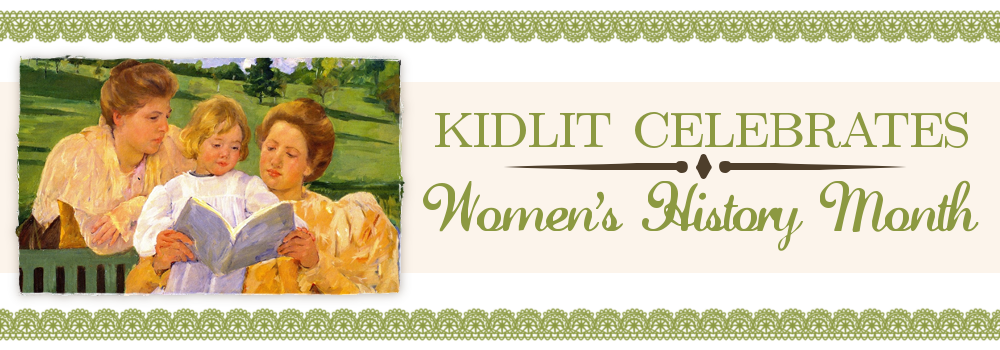March 31 - Today's post provided by The Children's War
Women Heroes of World War II: 26 Stories of Espionage, Sabotage, Resistance and Rescue by Kathryn J. Atwood
When I was 10 years old, I decided to dress up as my mother for Halloween. My costume was simple: shoes, dress, a church hat and a big old purse she no longer used. Nothing really fit, but I didn’t care. Why my mother? Well, as a World War II nurse, she was my hero, the first in what was to become a long list of women heroes who have served as historical mentors in my life. So, when I think of this year’s theme for Women’s History Month, Our History Is Our Strength, I know exactly what that means.
Now Kathryn Atwood has written a very moving account of 26 strong, courageous women who stood up and said no to the Nazi scourge at great risk to their lives. Some of these women joined underground resistance movements in Nazi-occupied countries, others rescued Jews and Allied soldiers caught behind enemy lines, and still others worked as spies, mingling with the enemy to gather useful information. Some of these women were quite young. In Poland, 19-year-old Irene Gut worked for a high ranking German officer in his villa. She was able to hide 12 Jews in the basement of the house, right under his nose. When he found out, he gave Irene a choice: become his mistress or he would turn them all over to the Gestapo. She made the first choice, never told anyone about it and eventually Irene was able to lead these Jews into the forest, where they were liberated.
 |
| Sophie Scholl |
 |
| Josephine Baker |
 |
| Marlene Dieetrich |
These are just a few examples of the lives of the extraordinary women who risked everything to help others in very dangerous situations that are included in this book. Though every story is different, the women were motivated by the same thing: when the time came, they did what they felt was right. Later, many received awards and medals for they work and some were even awarded the title “Righteous among Nations” by Yad Vashem, Israel’s official memorial to the Holocaust, for the Jews they saved.
Women Heroes of World War II is a well written, well researched book. Ms. Atwood profiles the resistance activities of women from eight countries: Germany, Poland, France, The Netherlands, Belgium, Denmark, Great Britain and the United States. There is a brief summary of the way in which each country entered World War II. This information really helps the reader appreciate the dangers and obstacles these woman faced. Each woman’s story is also supplemented with additional material, for example, passages from the leaflets written by Sophie Scholl and the White Rose, or the edict issued when Denmark was forced to surrender to the Germans. At the end of every woman’s story is a list of resources where the reader can go to find more information about her. The beauty of the organization of this book is that it can be read from cover to cover, as I did, or in parts. Each narrative stands on it own. This makes it ideal as a teaching tool and I can’t recommend it highly enough.
Out of curiosity I asked Ms. Atwood what made her decide to write Women Heroes of World War II. She said that her dad had been a young tail gunner in Europe during World War II (tail gunner, I have learned, was a very lonely, dangerous position) and she was always fascinated by his war stories. Another parental hero!
Because of her Dutch heritage, Ms. Atwood was also familiar with women resistance workers in the Netherlands, such as Corrie ten Boom and Diet Eman, both included in her book, and both amazing women.
Women Heroes of World War II is recommended for readers age 12 and up.
This book was purchased for my personal library.
For an interesting story about how Kathryn Atwood touched history while writing Women Heroes of World War II, please visit http://www.goodreads.com/author_blog_posts/511628-touching-history to read her story.
For the last 30 days, I have been introduced to and celebrated a wide variety of other incredibly strong, brave, daring women. Among their accomplishments, they are trailblazers who broke barriers, crossed lines, saved lives and gave us beautiful music. These women certainly embody the theme “Our History Is Our Strength.” They all refused to live in the margins of their time, and we are women who refuse to let they live in the margins of history. And now we have come to the last day of celebrating Women’s History Month and since I can’t say let the celebrations begin, I will say
Let the Celebrations Continue!
Editor's Note:
Watch for a final wrap-up post tomorrow from organizers Margo and Lisa!
Editor's Note:
Watch for a final wrap-up post tomorrow from organizers Margo and Lisa!





















